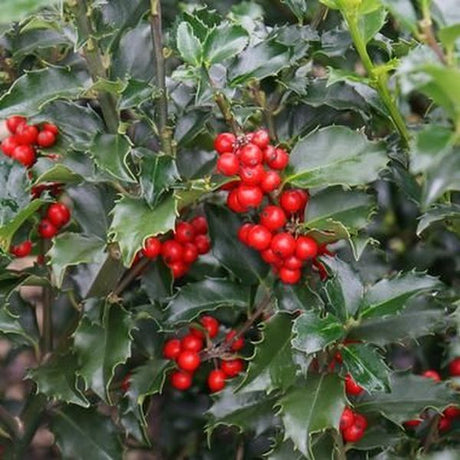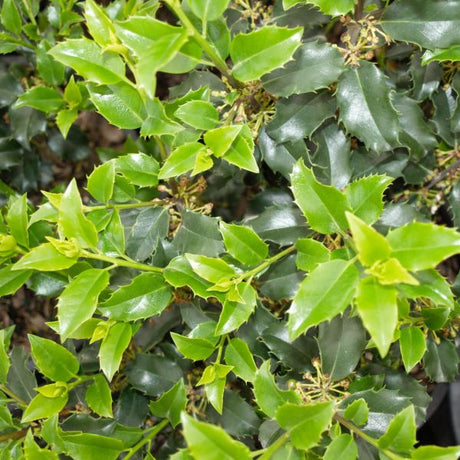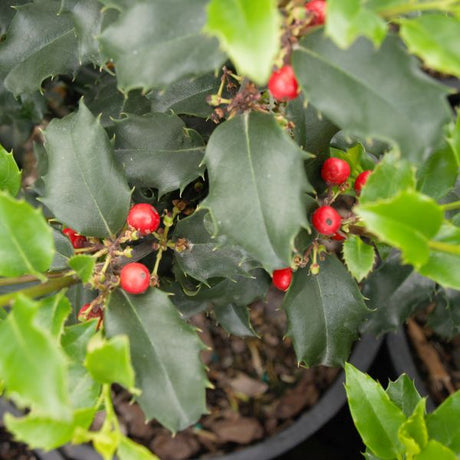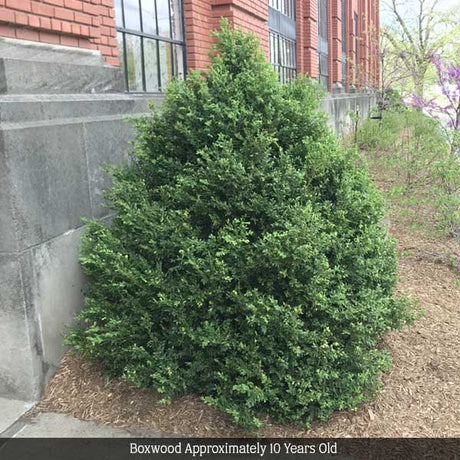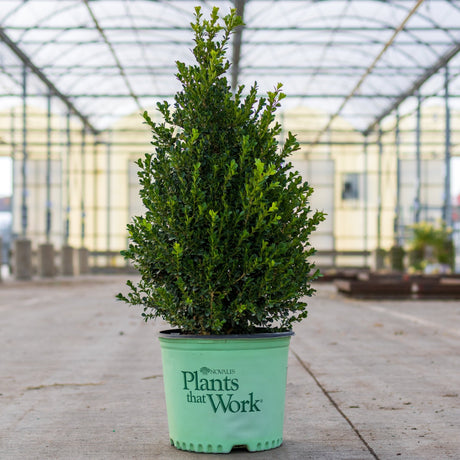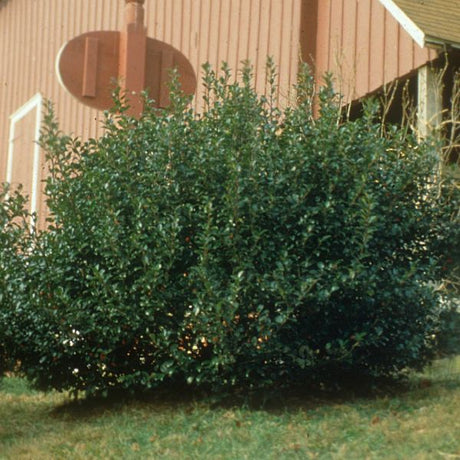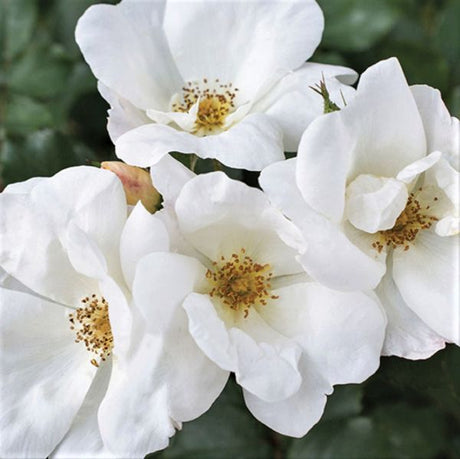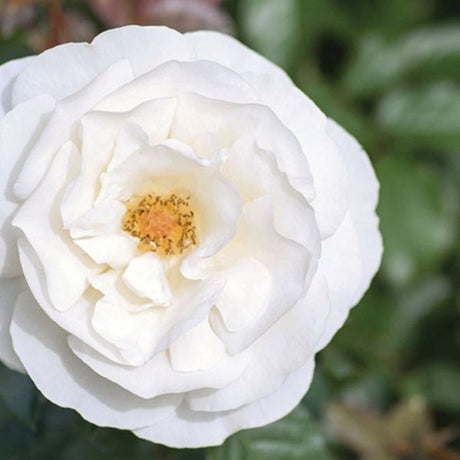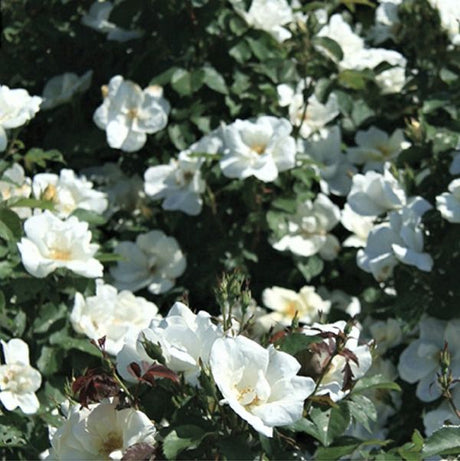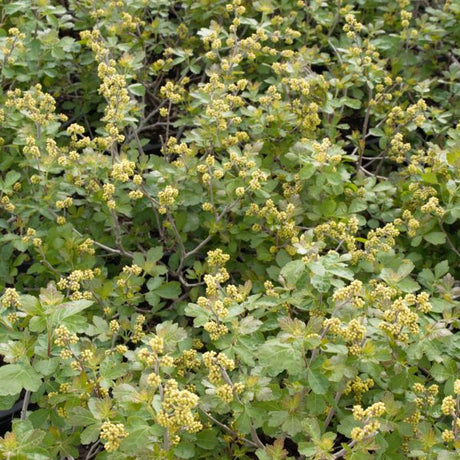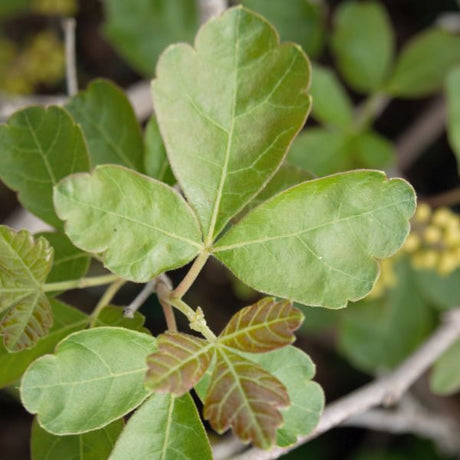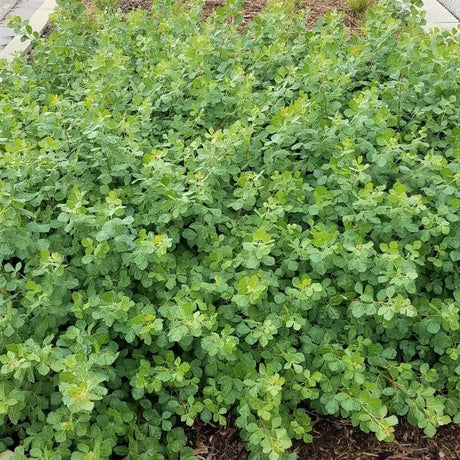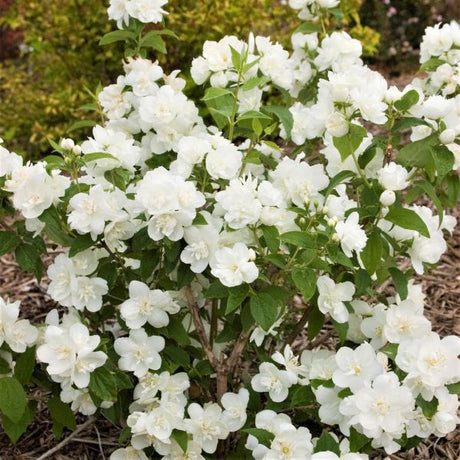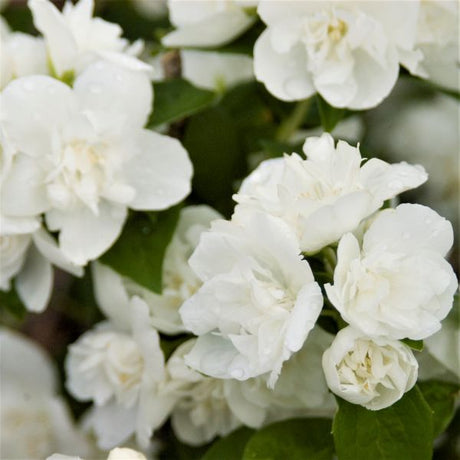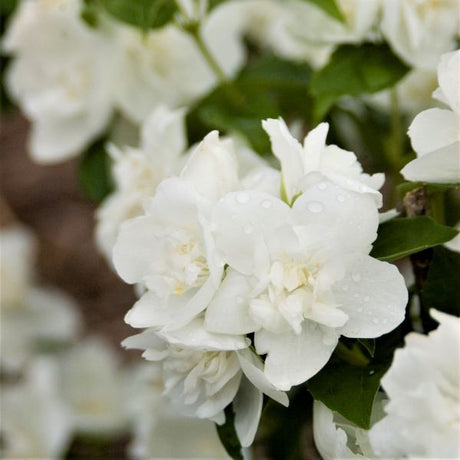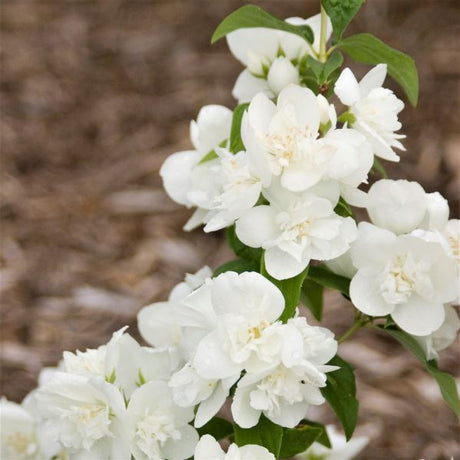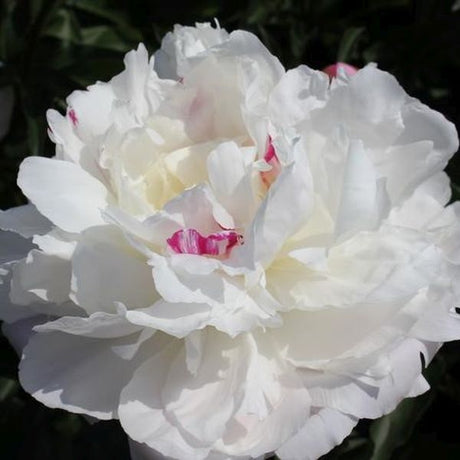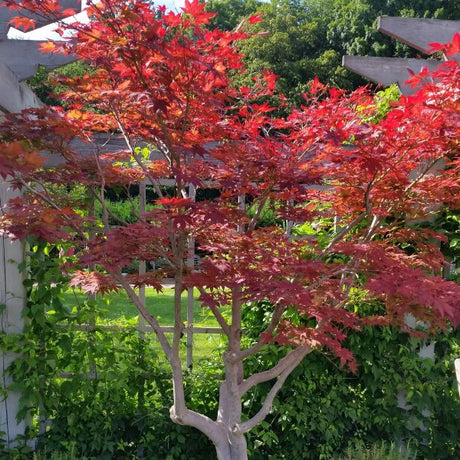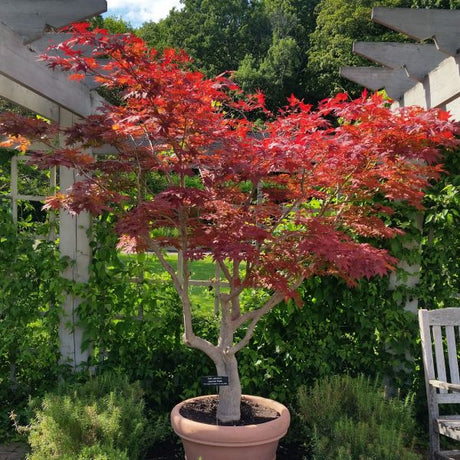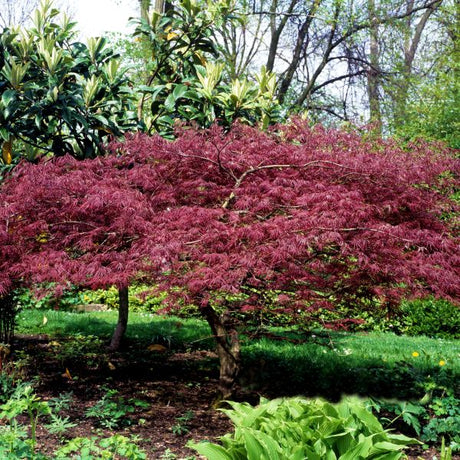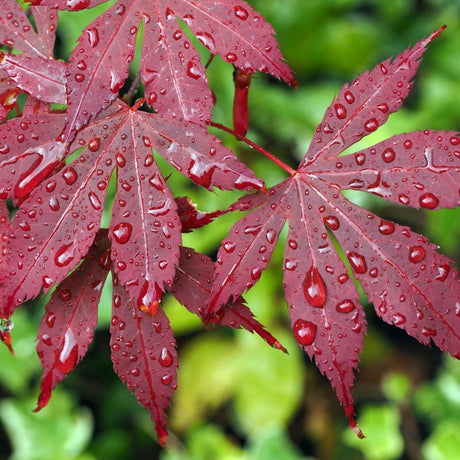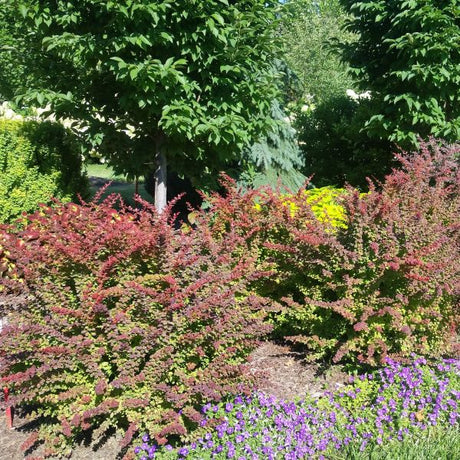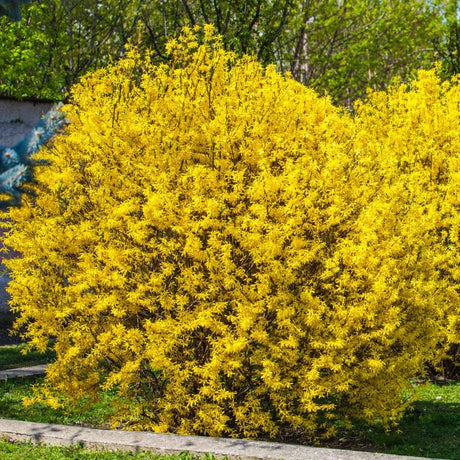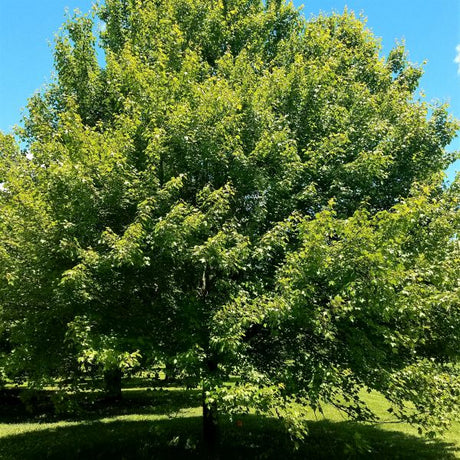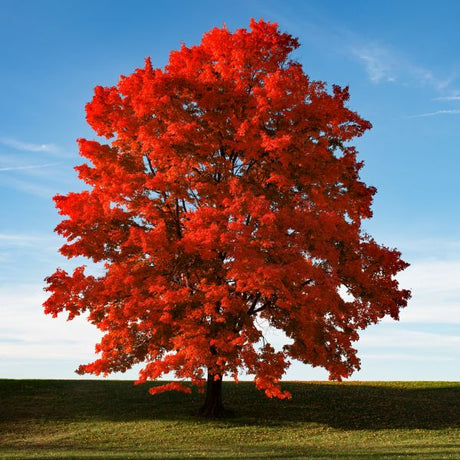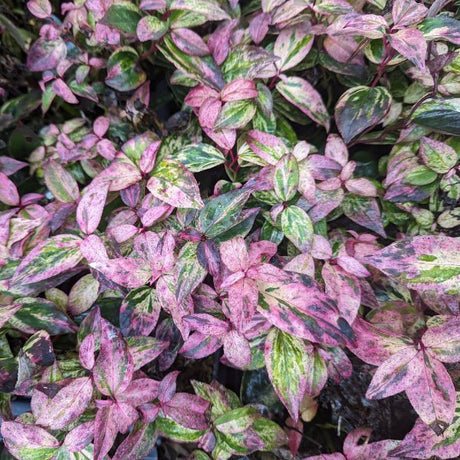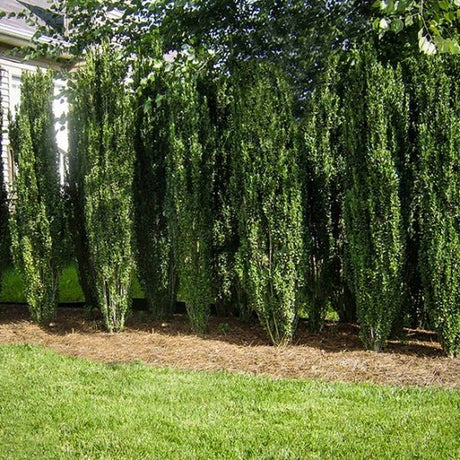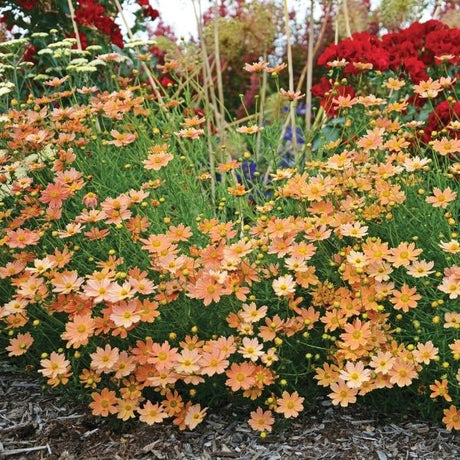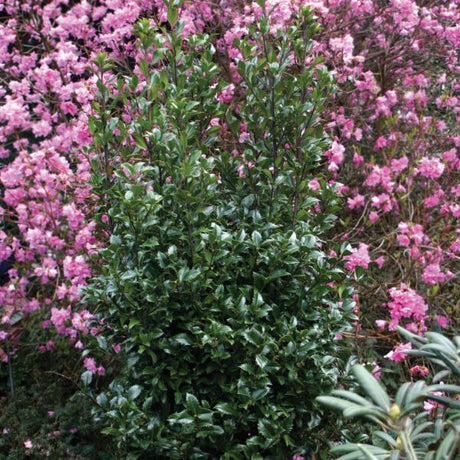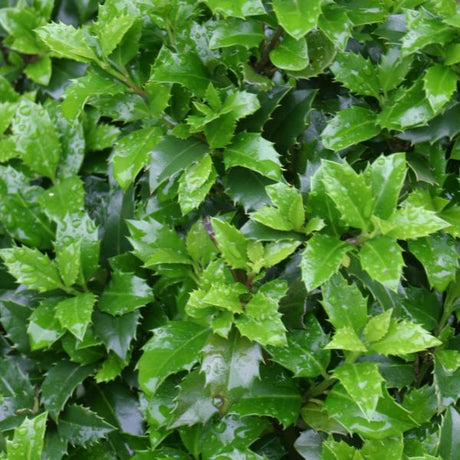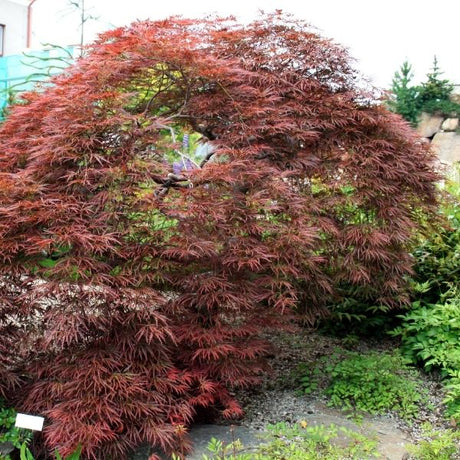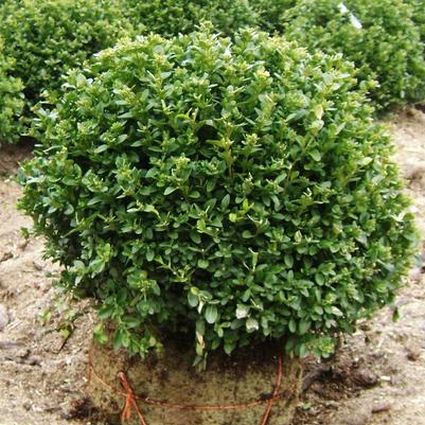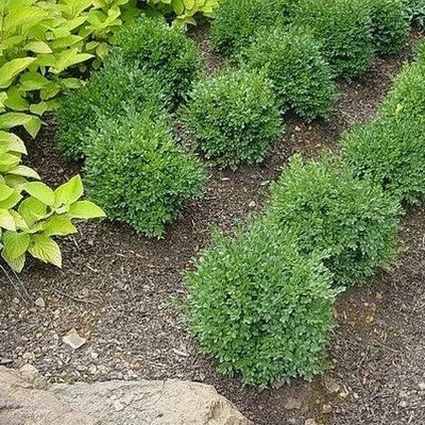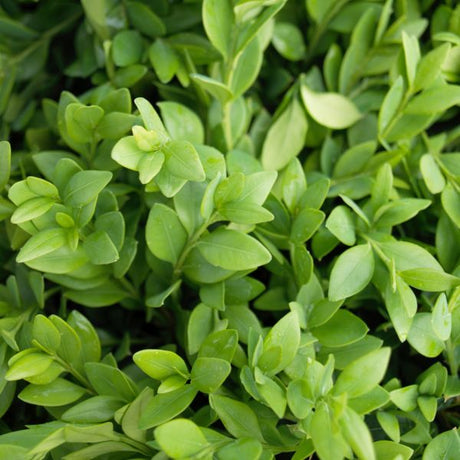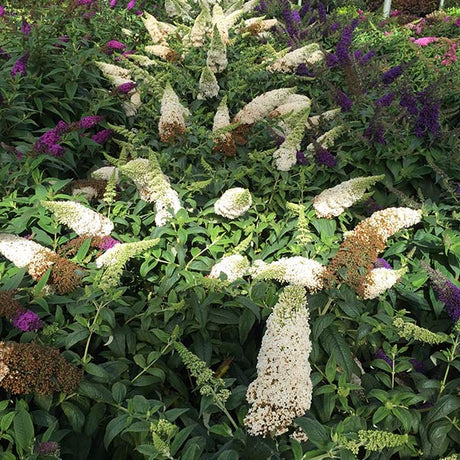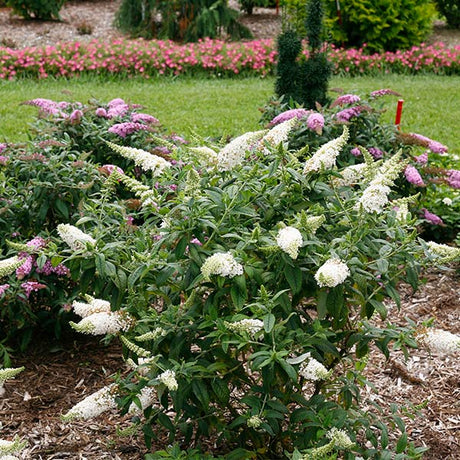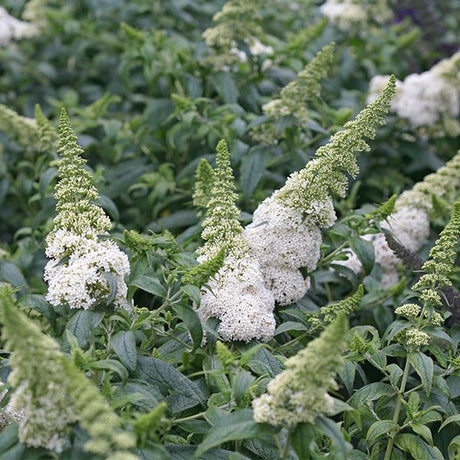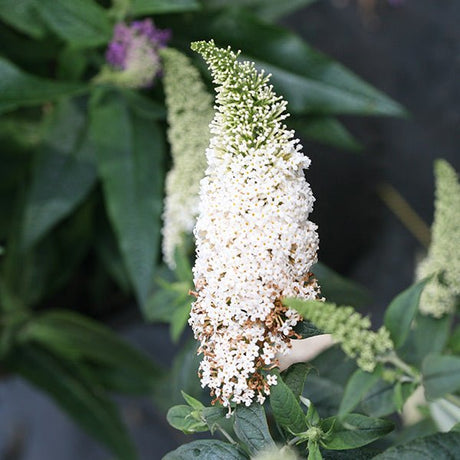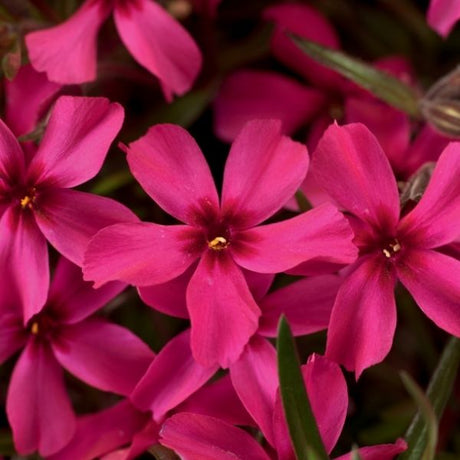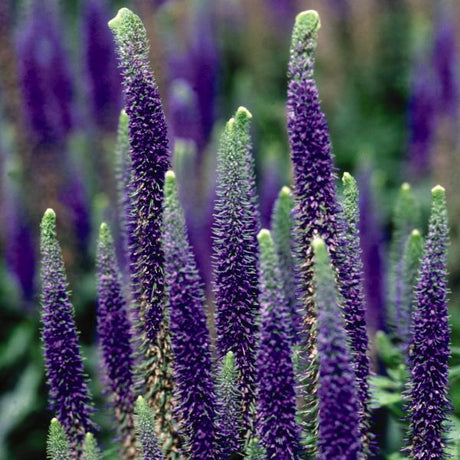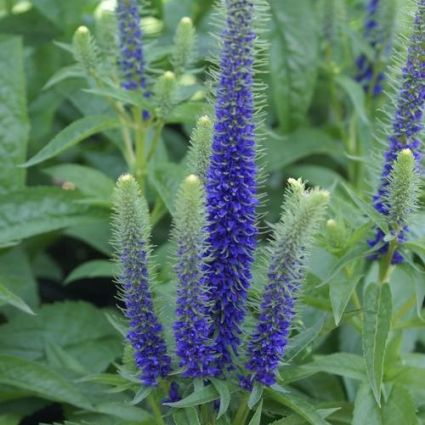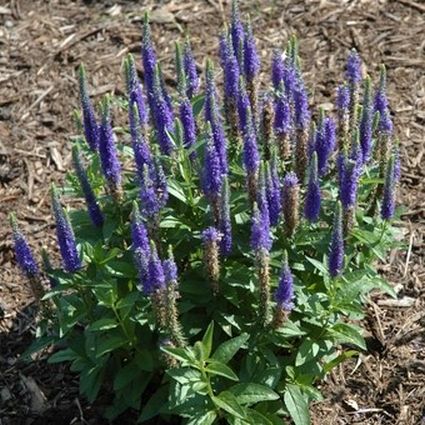Forsythia x intermedia 'Mindor'
Regular price From $2472Unit price /Unavailable- Up to 15% off
Ilex x meserveae 'Blue Princess' / Ilex x meserveae 'Blue Prince'
Sale price From $8500 Regular price $10027Unit price /Unavailable - 18% off
Ilex x meserveae 'Blue Princess'
Sale price $5600 Regular price $6793Unit price /Unavailable - Up to 17% off
Buxus x 'Green Mountain'
Sale price From $13217 Regular price $15906Unit price /Unavailable - Up to 18% off
- Up to 18% off
Thuja occidentalis 'Smaragd'
Regular price From $3418Unit price /Unavailable - Up to 29% off
Buxus x 'Cranberry Creek'
Sale price From $7123 Regular price $10078Unit price /Unavailable - 17% off
Ilex x meserveae 'Blue Prince'
Sale price $6650 Regular price $8026Unit price /Unavailable - 13% off
Vaccinium corymbosum 'ZF06-079'
Sale price $4533 Regular price $5196Unit price /Unavailable - 19% off
Thuja occidentalis 'Techny'
Sale price $4599 Regular price $5681Unit price /Unavailable - 6% off
Rosa 'Radwhite'
Sale price $6867 Regular price $7338Unit price /Unavailable - 6% off
Rhus aromatica 'Gro-Low'
Sale price $6917 Regular price $7358Unit price /Unavailable Philadelphus 'Snowwhite Fantasy' PP13
Regular price From $3588Unit price /UnavailablePeaches and Cream Honeysuckle Vine
Lonicera periclymenum 'Inov 86'
Regular price $12109Unit price /UnavailableFull Speed A Hedge® Thin Man® Arborvitae
Thuja occidentalis ‘SMNTOTM’ PP25,672
Regular price $8700Unit price /UnavailablePaeonia lactiflora 'Shirley Temple'
Regular price $7478Unit price /UnavailableAcer palmatum 'Atropurpureum'
Regular price From $6837Unit price /UnavailableAcer palmatum 'Bloodgood'
Regular price $15661Unit price /UnavailableBerberis thunbergii SUNJOY 'O'Byrne'
Regular price From $2452Unit price /UnavailableSeptember Charm Japanese Anemone
Anemone x 'September Charm'
Regular price $3542Unit price /UnavailableLimelight Prime® Panicle Hydrangea Tree
Hydrangea paniculata 'SMNHPPH' PP 32,511
Regular price From $5383Unit price /UnavailablePinky Winky Prime® Panicle Hydrangea
Hydrangea paniculata 'ILVOHPPRM' PP35,334
Regular price $8121Unit price /UnavailableLimelight Prime® Panicle Hydrangea
Hydrangea paniculata 'SMNHPPH'
Regular price From $8125Unit price /UnavailablePennisetum alopecuroides 'Redhead'
Regular price From $3228Unit price /UnavailableSamurai Sword™ Japanese Maple Tree
Acer palmatum 'Samarzam'
Regular price $20406Unit price /UnavailableLeucothoe fontanesiana 'SMNLFGRV' PP 35,833
Regular price $6705Unit price /UnavailableCoreopsis verticillata 'Novcorcar'
Regular price $2945Unit price /UnavailableGold® Collection Pink Frost Lenten Rose
Helleborus 'Pink Frost' PP# 21063
Regular price $4735Unit price /Unavailable- 58% off
Ilex x meservae 'Heckenstar'
Sale price $2472 Regular price $5950Unit price /Unavailable China Boy Meets China Girl Holly Combo
Ilex x meserveae 'Mesdob' and 'Mesog'
Regular price $8492Unit price /UnavailableThuja plicata 'SMNTPGF'
Regular price From $2531Unit price /UnavailableTamukeyama Japanese Maple Tree
Acer palmatum var. dissectum 'Tamukeyama'
Regular price $15671Unit price /UnavailableChamaecyparis obtusa 'Nana'
Regular price $11687Unit price /Unavailable- Up to 32% off
Buxus x 'Green Velvet'
Sale price From $4951 Regular price $7333Unit price /Unavailable Chamaecyparis obtusa 'Compacta'
Regular price $11686Unit price /UnavailableVaccinium corymbosum 'ZF06-043'
Regular price $4527Unit price /UnavailableThuja occidentalis 'SMNTOO' PP 34,292
Regular price $10398Unit price /Unavailable- Up to 16% off
Phlox subulata 'Scarlet Flame'
Regular price $2737Unit price /UnavailableRoyal Candles Speedwell Veronica
Veronica spicata 'Royal Candles'
Regular price $3126Unit price /Unavailable
Our collection of easy care plants delivers stunning beauty without demanding your time. These low maintenance plants are perfect for busy homeowners, beginner gardeners, and anyone seeking a gorgeous landscape that practically cares for itself.
Why Choose Low Maintenance Plants?
These carefully selected varieties offer exceptional drought tolerance, disease resistance, and year-round appeal with minimal pruning, watering, or fertilizing. From hardy shrubs to resilient perennials, each plant has been chosen for its ability to thrive with little intervention while providing maximum visual impact.
What Makes a Plant Low Maintenance?
Our low maintenance plants feature:
- Drought tolerant once established, reducing water needs
- Disease and pest resistant varieties requiring fewer treatments
- Minimal pruning requirements saving time and effort
- Adaptable to various soil types and conditions
- Hardy across multiple growing zones for reliable performance
- Self-cleaning blooms with no deadheading needed
Perfect Plants for Every Garden Style
Whether you're creating a xeriscape garden, filling problem areas with poor soil, or simply want more time to enjoy your yard rather than maintain it, this collection includes:
Low Maintenance Shrubs: Landscape shrub roses, spirea, ninebark, and hardy hydrangeas that provide structure and seasonal interest
Easy Care Perennials: Sedum, coneflowers, Russian sage, and yarrow that return year after year with vibrant blooms
Drought Tolerant Trees: Water-wise selections that establish quickly and require minimal irrigation
Beginner-Friendly Plants: Foolproof varieties perfect for first-time gardeners building confidence
Benefits Beyond Easy Care
These low water plants don't just save time—they conserve water, reduce maintenance costs, and support pollinators. Many are native or adaptable plants that thrive in your local climate, making them sustainable choices for modern landscaping.
Create Your Low Maintenance Garden Today
Browse our selection of tried-and-true, garden-tested plants that prove low maintenance never means low impact. Each variety has been evaluated for performance, hardiness, and visual appeal to ensure you get professional results with minimal effort. Start building the effortless landscape you've always wanted with Nature Hills' low maintenance plant collection.
FAQ's for Buying Low Maintenance Plants Online
How often do I need to water low maintenance plants?
How often do I need to water low maintenance plants?
Once established (typically after the first growing season), most low maintenance plants need watering only during extended dry periods. During the establishment phase, water deeply 2-3 times per week for the first few months, then gradually reduce frequency as roots develop. After that first year, many drought tolerant varieties can thrive on natural rainfall alone in most climates. Signs your plants need water include wilting leaves or dry soil 3-4 inches below the surface. The goal is deep, infrequent watering that encourages strong root systems rather than shallow, frequent watering.
What are the best low maintenance plants for full shade vs. full sun?
What are the best low maintenance plants for full shade vs. full sun?
For full sun (6+ hours direct sunlight), consider Russian sage, sedum, coneflowers, spirea, and landscape roses. These thrive in heat and require minimal water once established. For full shade (less than 3 hours of sun), hostas, astilbe, and certain hydrangeas like Invincibelle varieties perform beautifully with little fuss. For partial shade areas, ninebark, coral bells, and many ornamental grasses adapt well to varying light conditions. When selecting plants, matching sun exposure to plant requirements is one of the most important factors for truly low maintenance success.
Do low maintenance plants need fertilizer?
Do low maintenance plants need fertilizer?
Low maintenance plants typically need minimal fertilizing compared to high-maintenance varieties. A single application of slow-release, balanced fertilizer in early spring is usually sufficient for most shrubs and perennials in this collection. Many drought tolerant plants actually prefer lean soil and can become leggy or produce fewer blooms with over-fertilizing. Native and adaptable plants often thrive without any supplemental feeding once established, getting nutrients from decomposing mulch and natural soil processes. If your plants show good growth and healthy color, they likely don't need additional fertilizer.
How much care do low maintenance plants need in the first year?
How much care do low maintenance plants need in the first year?
The first growing season requires more attention to ensure successful establishment. Plan to water regularly (2-3 times weekly during dry spells), apply 2-3 inches of mulch to retain moisture, and monitor for any pest or disease issues. This initial investment of care allows roots to develop deeply, which is what makes these plants truly low maintenance in subsequent years. After the first year, most varieties in this collection transition to needing only occasional watering during droughts, annual mulch replenishment, and minimal pruning. Think of the first year as building the foundation for years of easy care ahead.
Which low maintenance plants are truly the easiest for complete beginners?
Which low maintenance plants are truly the easiest for complete beginners?
For foolproof success, start with sedum (stonecrop), spirea, daylilies, coneflowers, and Russian sage. These plants are incredibly forgiving of inconsistent watering, poor soil, pruning mistakes, and general neglect. Knockout and Oso Easy landscape roses are also excellent beginner choices since they're disease resistant and don't require deadheading or complicated pruning schedules. Ninebark shrubs and switchgrass adapt to almost any condition and look great with virtually no maintenance. If you're building confidence as a gardener, these varieties let you succeed right away while you learn. They're hard to kill and reward even basic care with impressive results.
















